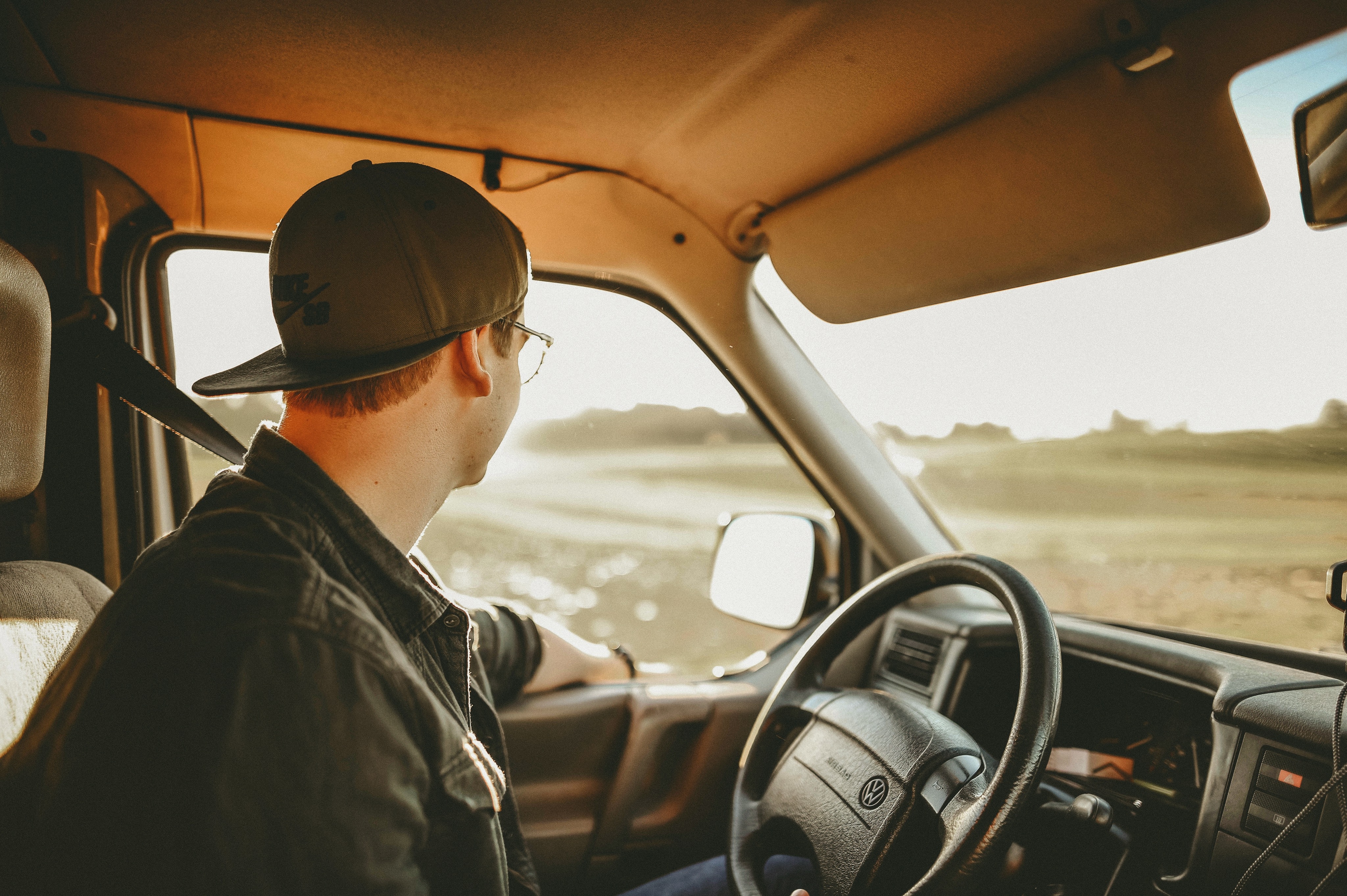
Simply described, defensive driving is a set of operating techniques that best positions you to react to risks on the road. Defensive driving is unquestionably an essential kind of self-defense, even if the majority of us may not generally think of it in these terms. By driving defensively, you can defend yourself against potential dangers including crashes brought on by intoxicated drivers, irregular driving habits, bad weather, and everything else that can go awry on the road. Defensive driving, then, is about expecting the best while preparing for the worst. Always make absolutely sure you are informed of the weather and traffic conditions on your route before you leave your home. Looking ahead like this might allow you better organize your journey and avoid any difficult locations. Additionally, it's usually a good idea to leave early. Even if you're always on time, leave a little early. You're less likely to speed, tailgate, or grow irritated with other drivers if you leave early for your destination. There is a purpose for speed limitations. While it's dangerous to drive too slowly and it can slow down traffic, you do want to travel as closely as you can to the posted speed limit. Higher speeds make it considerably harder to stop in time to prevent an accident and far more probable that you may lose the power of your car. By braking early, traveling at a fair speed, and keeping a safe distance from the vehicle in front of you, you can protect yourself and others. Each and every other motorist on the road, including you, is simply human. We all make errors, but regrettably, mistakes made quickly can have serious consequences. Although you have no influence over the conduct of other drivers, you can try to predict them. This implies that you should never make the assumption that the other drivers will act defensively. For instance, it's a best practice to wait for a second after your green light appears at an intersection before proceeding. Other cars might not necessarily stop just because their lights are red. If another vehicle rushes through the red light, giving yourself an extra minute as a safety buffer may help you escape a crash. Even though it may sound paranoid, being constantly alert for vehicles that are swerving into the lane, blowing through intersections without properly yielding, displaying road rage, or simply driving recklessly, in general, would then keep you as well as other drivers much safer than it is if you assume they'll act as they should. Start your defensive driving strategy with the simplest of safety measures. Make sure you and everyone in your car are wearing seatbelts. Check to see whether your wiper blades are functioning properly so you can keep a decent vision in the rain. Make absolutely sure your lights are also on if you must use your wipers while driving in certain situations.